According to foreign media reports, researchers at the University of Wollongong in Australia have made a nanomaterial that can serve as a cathode for room-temperature sodium-sulfur batteries, allowing sodium-sulfur batteries to be used for large-scale energy storage.
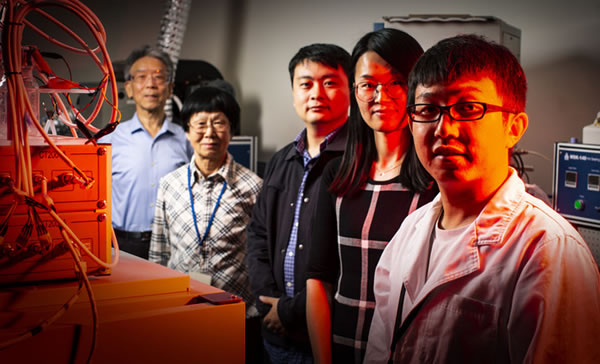
(Source: Wollongong University)
Room temperature sodium-sulfur batteries are very suitable for new-generation energy storage applications, and the demand for new-generation energy storage applications is also growing. Room temperature sodium-sulfur batteries with high energy density and long cycle life will provide low-cost and competitive technologies for large-scale fixed energy storage systems, thereby promoting the transition to a renewable energy society.
However, current room temperature sodium-sulfur batteries have the problems of rapid capacity decay and low reversible capacity. Therefore, the researchers developed a nanomaterial that overcomes the above problems by implanting nickel sulfide nanocrystals in nitrogen-doped porous carbon nanotubes, and this material has shown Excellent performance.
Research leader Dr. Yunxiao Wang said: "At present, the actual energy density of sodium-sulfur batteries is far from the theoretical value, and the practical application is mainly hindered by the sulfur cathode, because the sulfur cathode has insulation, the redox reaction is slow, and the reaction intermediates will dissolve And migration. "
Before the breakthrough, the research team used a variety of different materials for experiments, and this new nanomaterial not only has superior performance, but also is suitable for large-scale production and commercialization.
Ph.D. student Zichao Yan said: "We tried multiple carbon hosts and finally found that the doped nitrogen porous carbon nanotubes implanted with nickel sulfide nanocrystals are a versatile sulfur host and found that the carbon backbone within the host can provide a shorter The ion diffusion path and rapid ion transfer speed. The doping of nitrogen sites and the polar surface of nickel sulfide can enhance the adsorption capacity of polysulfide, and can provide strong catalytic activity for the oxidation of polysulfide, indicating that sodium-sulfur batteries can It has a longer cycle life, high performance, and can be quickly charged and discharged. "
The researchers said that the next step is to expand the production of this material, push the sodium-sulfur battery from the laboratory to the industry, and put this battery system into practical use. (Author: Yuqiu Yun)
This lens is made of curve shape, not sphere. The aspherical lens has surface, shown in parabolic surface and polynomial expression. Ellipsoid, hyperboloid, fourth curved surface are examples,Aspherical lenses are designed to reduce spherical aberration
aspheres, are available molded, CNC-polished, or MRF-polished, either with or without anti-reflection (AR) coatings. Aspheres are often employed to collimate light exiting a fiber or laser diode. The surface of an asphere is designed to eliminate spherical aberration.
An aspheric lens or asphere is a lens whose surface profiles are not portions of a sphere or cylinder. In photography, a lens assembly that includes an aspheric element is often called an aspherical lens.
Aspheric elements are used in the design of multi-element wide-angle and fast normal lenses to reduce aberrations, We could provide plano convex aspheric lens, plano concave aspheric lens, double convex(biconvex)aspheric lens
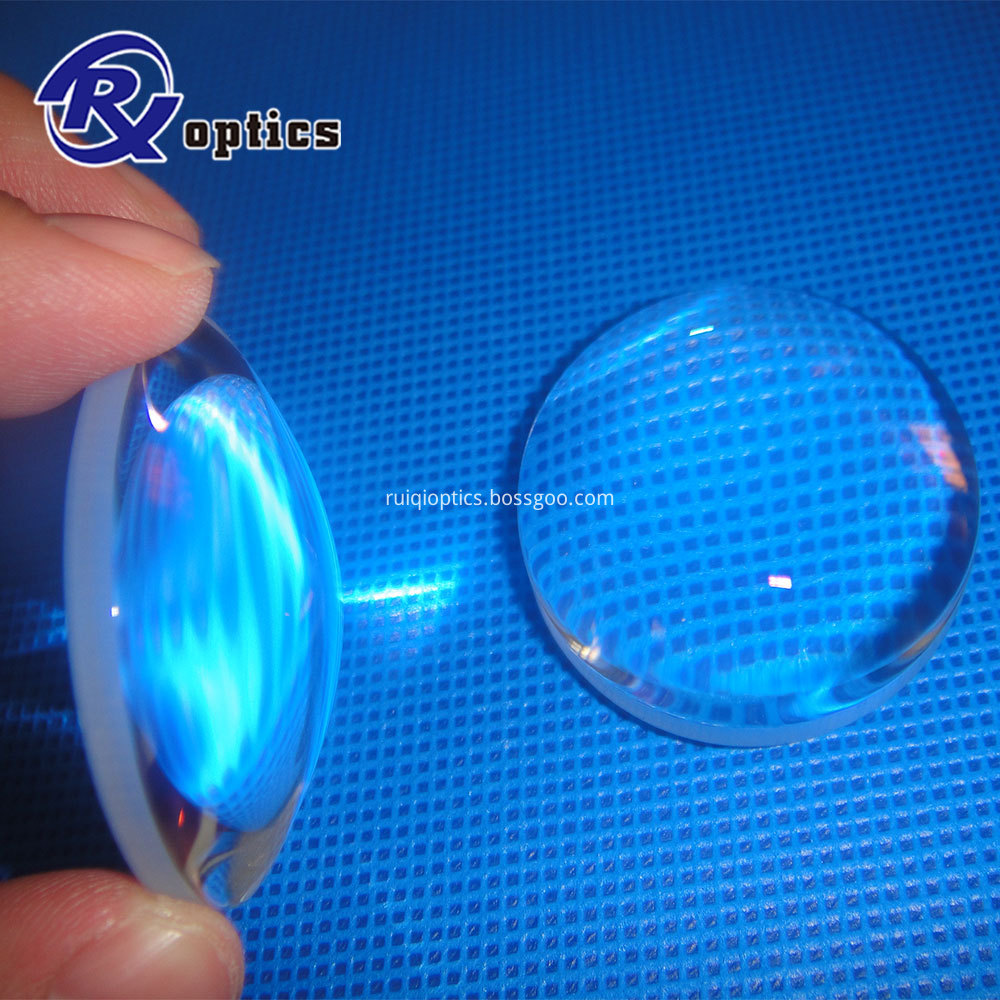
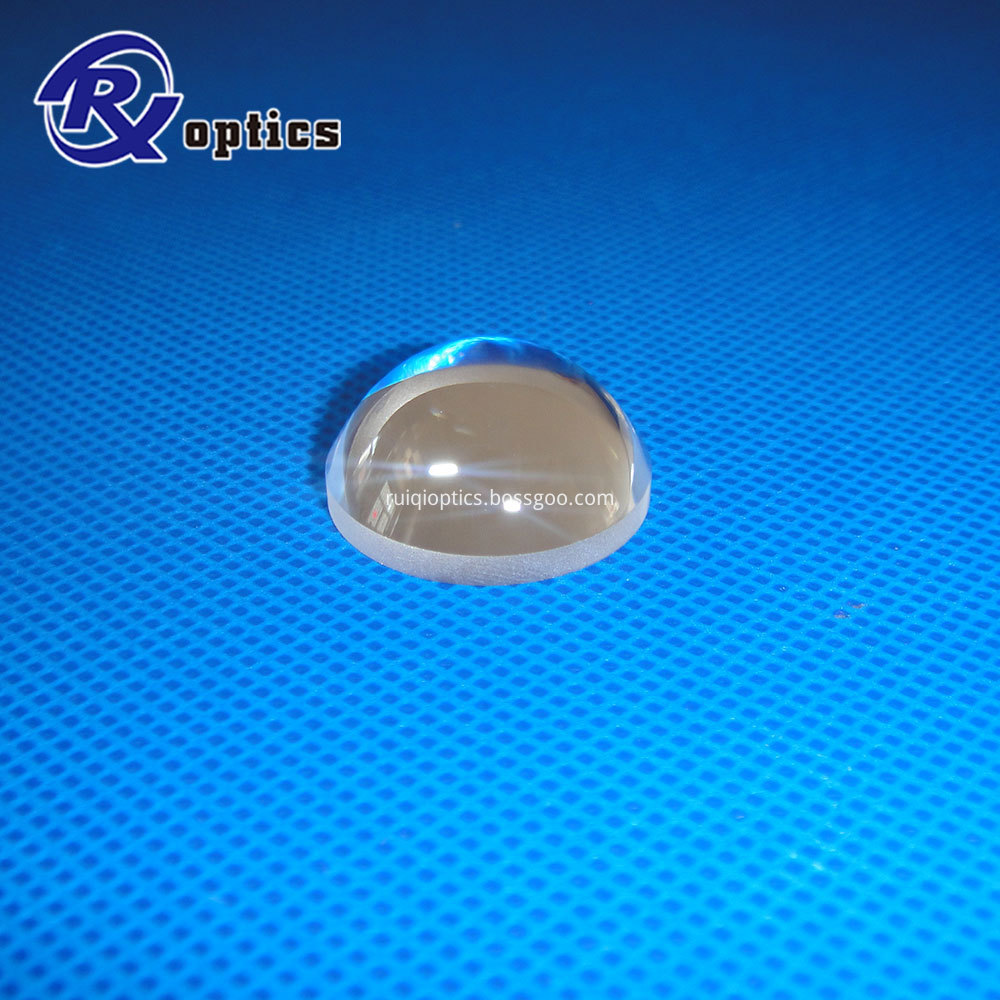
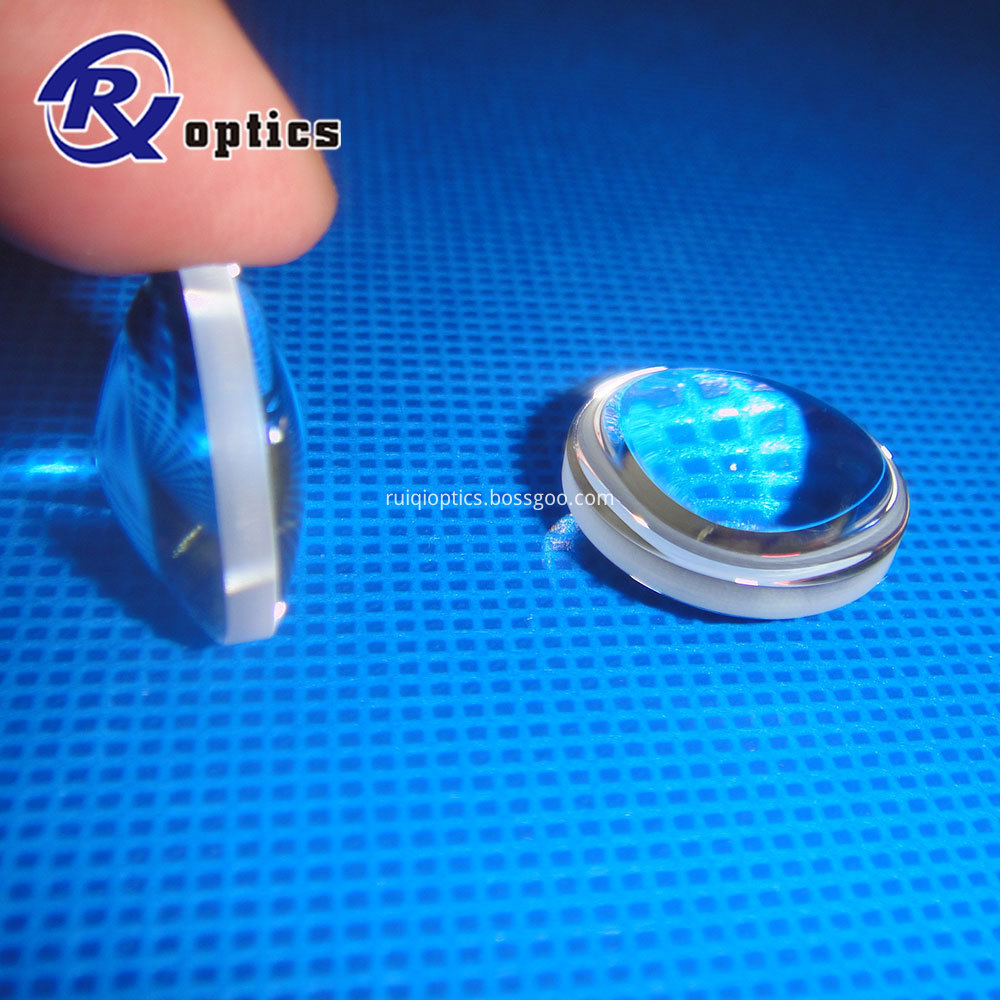
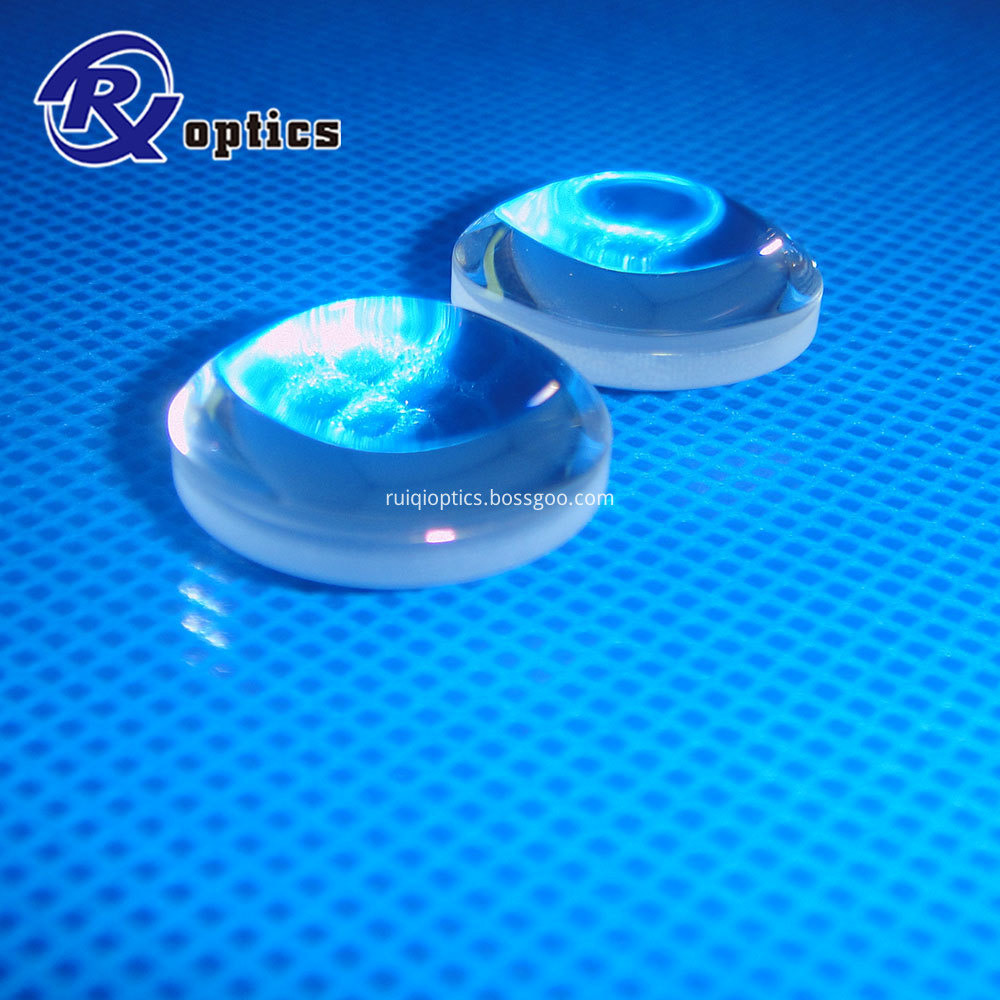
Cylindrical Convex Aspheric Lens,Spherical Convex Aspheric Lens,Meniscus Aspheric Lens,Glued Aspheric lens,Achromatic Aspheric lens
Changchun Ruiqi Optoelectronics Co.,Ltd , https://www.ruiqi-optics.com